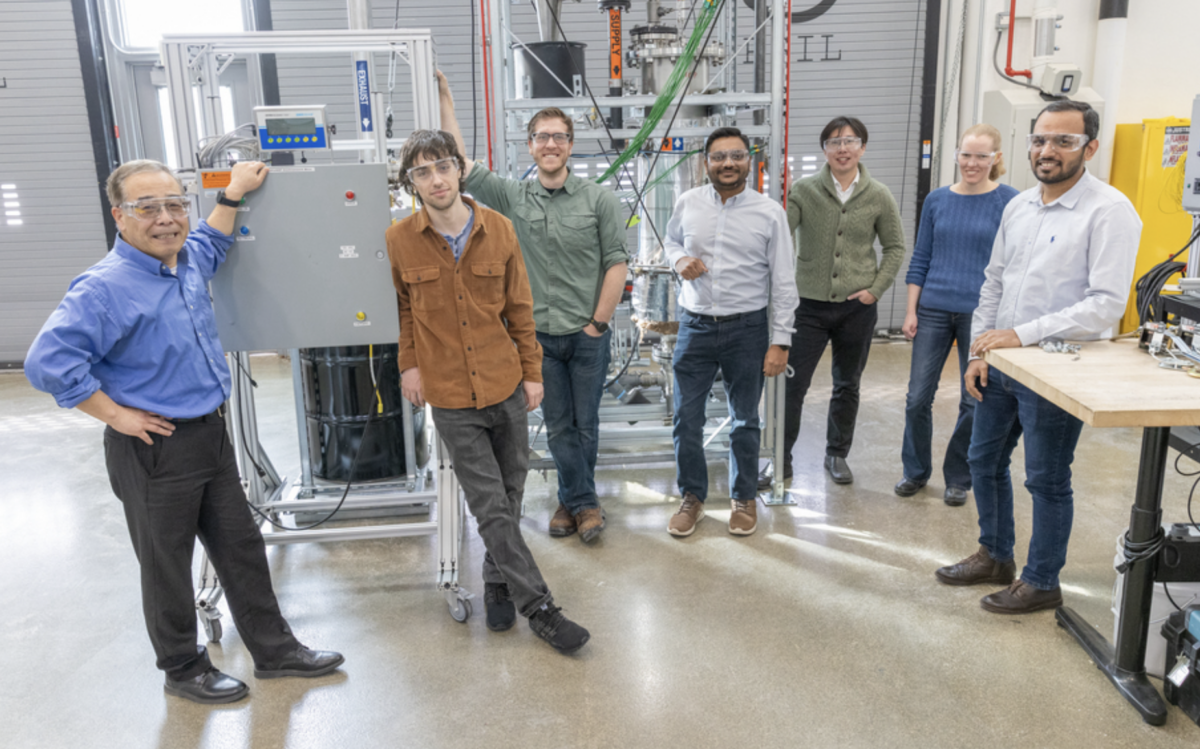From pv magazine USA
The NREL team’s computer modeling has shown that a commercial-scale system would retain more than 95% of its heat for at least five days, the national laboratory said in a press release.
The US Department of Energy will provide $4 million to fund a pilot demonstration project sized with a 100 kW discharge capacity and a 10-hour duration, with groundbreaking set for next year at NREL’s Flatiron campus outside Boulder, Colorado. The pilot project is intended to show the technology’s commercial potential.
At commercial scale, when the sand is fully heated and stored in five silos, the technology could produce 135 MW of power for five days, according to an NREL report.
A targeted levelized cost of storage of 5¢/kWh could be achieved under a variety of scenarios, the report said.
NREL said a technology-to-market transition plan has been developed for the TES system, but was not included in the publicly available report “due to the business sensitivity of NREL and partners.”
Babcock & Wilcox, one of five project team members supporting NREL’s research, said in 2021 that it had signed an agreement with NREL, which gave it “field-limited exclusive rights” to negotiate a licensing agreement that would allow it to market the technology.
Several other energy storage technologies have storage durations longer than the typical four-hour limit for battery storage. For example, Hydrostor is developing a 500 MW/4,000 MWh compressed air energy storage project in California. A pumped storage project under development in Montana would have a capacity of 400 MW and an estimated annual energy generation of 1,300 GWh. And flow batteries have a global market estimated by a research firm at $289 million in 2023.
For seasonal energy storage, hydrogen storage in salt caverns is an option. A project in Utah is expected to have a storage capacity of 150 GWh matched with an 840 MW hydrogen-capable gas turbine combined cycle power plant.
This content is protected by copyright and may not be reused. If you want to cooperate with us and would like to reuse some of our content, please contact: editors@pv-magazine.com.








By submitting this form you agree to pv magazine using your data for the purposes of publishing your comment.
Your personal data will only be disclosed or otherwise transmitted to third parties for the purposes of spam filtering or if this is necessary for technical maintenance of the website. Any other transfer to third parties will not take place unless this is justified on the basis of applicable data protection regulations or if pv magazine is legally obliged to do so.
You may revoke this consent at any time with effect for the future, in which case your personal data will be deleted immediately. Otherwise, your data will be deleted if pv magazine has processed your request or the purpose of data storage is fulfilled.
Further information on data privacy can be found in our Data Protection Policy.